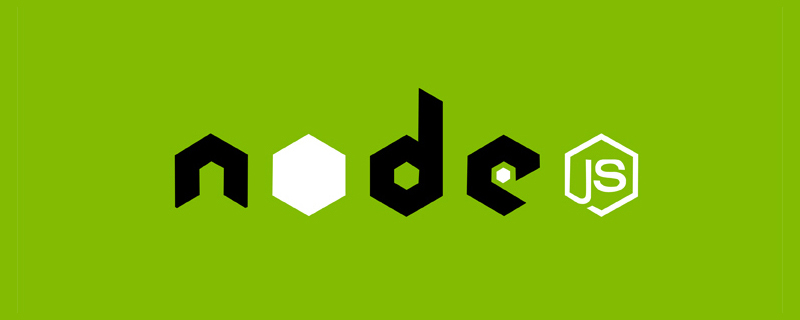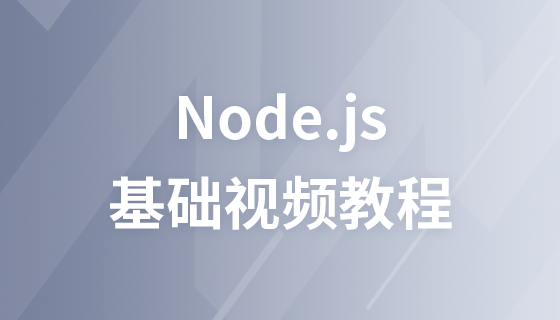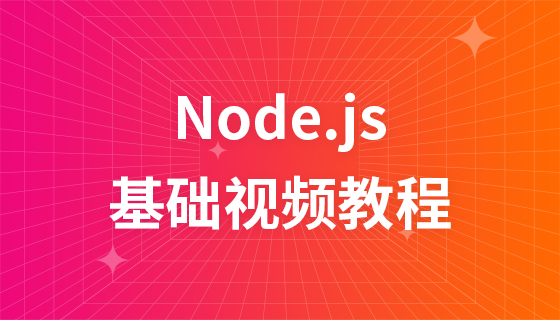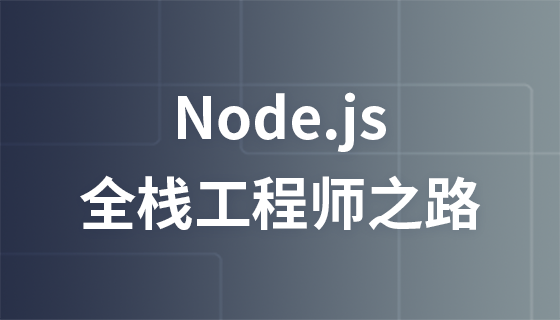本篇文章跟大家介紹一下Nodejs取得參數的四種方法。有一定的參考價值,有需要的朋友可以參考一下,希望對大家有幫助。

推薦學習:《nodejs 教學》
取得請求很中的參數是每個web後台處理的必經之路,nodejs的express框架 提供了四種方法來實作。
req.body
req.query
req.params
req.param()
首先介紹第一個req.body
官方文档解释: Contains key-value pairs of data submitted in the request body. By default, it is undefined, and is populated when you use body-parsing middleware such as body-parser and multer. 稍微翻译一下:包含了提交数据的键值对在请求的body中,默认是underfined, 你可以用body-parser或者multer来解析body
解析body不是nodejs默認提供的,你需要載入body-parser中間件才可以使用req.body
#此方法通常用來解析POST請求中的資料
第二種是req.query
官方文档解释:
An object containing a property for each query string parameter in the route.
If there is no query string, it is the empty object, {}.
翻译一下:包含在路由中每个查询字符串参数属性的对象。如果没有,默认为{}有nodejs預設提供,無需載入中間件
舉例說明(官方摘抄):
// GET /search?q=tobi+ferret req.query.q // => "tobi ferret" // GET /shoes?order=desc&shoe[color]=blue&shoe[type]=converse req.query.order // => "desc" req.query.shoe.color // => "blue" req.query.shoe.type // => "converse"
此方法多適用於GET請求,解析GET裡的參數
第三種是req.params
官方文档:
An object containing properties mapped to the named route “parameters”.
For example, if you have the route /user/:name,
then the “name” property is available as req.params.name. This object defaults to {}.
翻译:包含映射到指定的路线“参数”属性的对象。
例如,如果你有route/user/:name,那么“name”属性可作为req.params.name。
该对象默认为{}。nodejs預設提供,無需載入其他中間件
舉例說明
// GET /user/tj req.params.name // => "tj"
多適用於restful風格url中的參數的解析
req.query與req.params的區別
req.params包含路由參數(在URL的路徑部分),而req.query包含URL的查詢參數(在URL的?後的參數)。
最後一種req.param()
此方法被棄用,請看官方解釋
Deprecated. Use either req.params, req.body or req.query, as applicable. 翻译:被弃用,用其他三种方式替换
更多程式相關知識,請訪問:編程視頻! !
以上是聊聊Nodejs取得參數的四種方法的詳細內容。更多資訊請關注PHP中文網其他相關文章!




